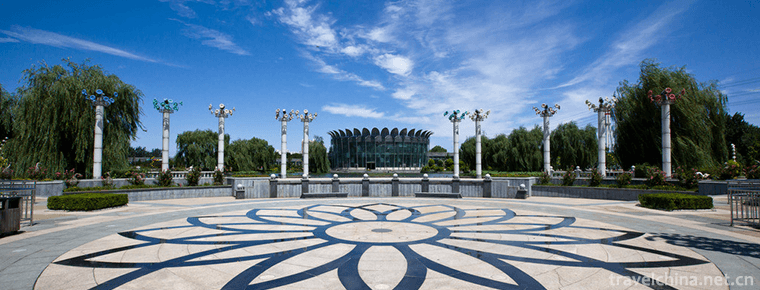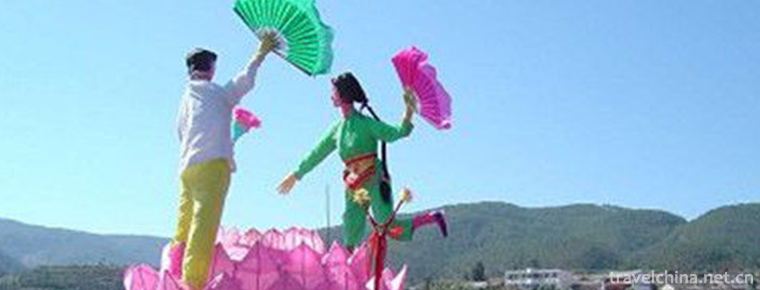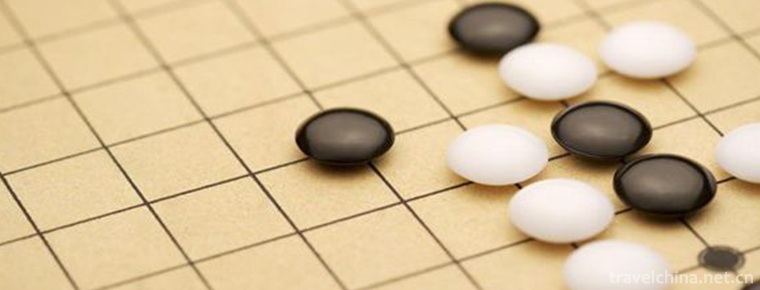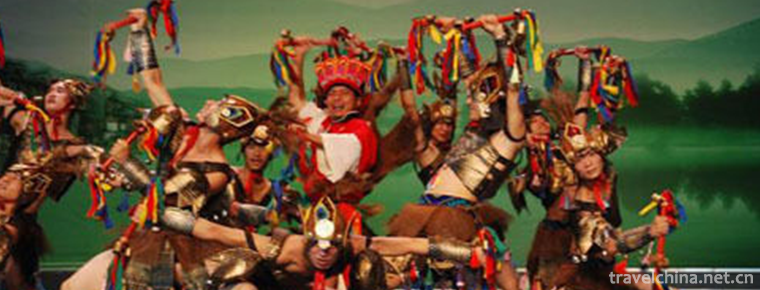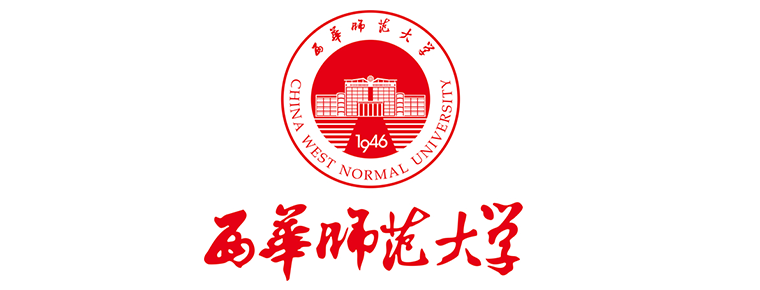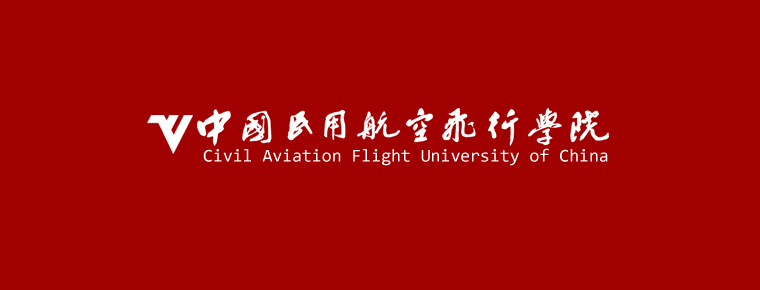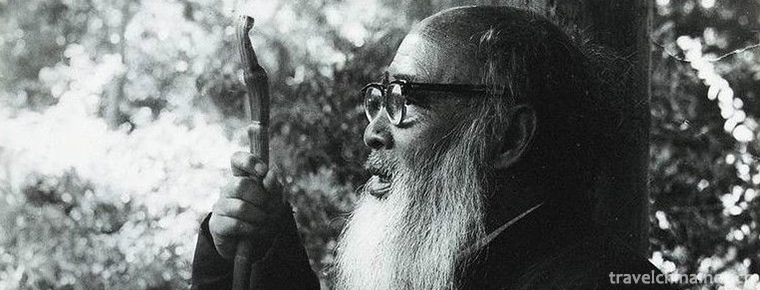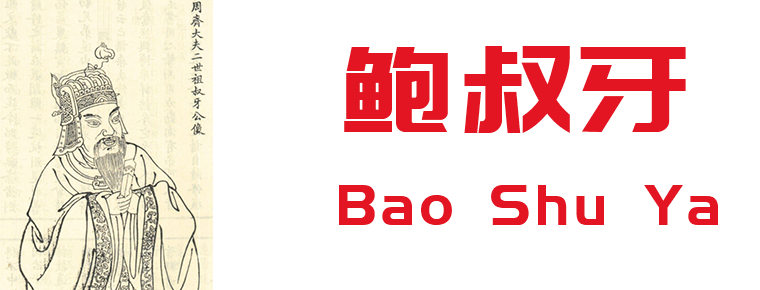Jumping vegetables of the Yi nationality
Jumping vegetables of the Yi nationality
The dance accompaniment of the Yi nationality is "Dance dishes", which means serving dishes by dancing. It is a unique form of serving and the highest etiquette of banquet for Yi people in Wuliangshan and Ailaoshan of Yunnan Province. It is a traditional diet culture with a long history of dance, music, acrobatics and diet.
"Dancing dishes" is commonly known as "holding dishes" or "carrying dishes", and the performance process can be divided into two forms: banquet dancing and "performing dancing dishes". "Dinner Dance" is also called "Field Dance", which is an important celebration of Nanjian folk life, adding a happy and peaceful atmosphere for festivity or joy; "Performance Dance" is the stage performance of the jump, according to the size of the venue, the number of actors can be increased or decreased, from dozens to hundreds, the dance movements are bold and bold. Powerful, loud and loud. In March 2003, the Ministry of Culture officially named Nanjian County as the "Town of Chinese Folk Jumping Art".
On June 7, 2008, the "Yi Dance" declared by Nanjian Yi Autonomous County of Yunnan Province was listed in the second batch of national intangible cultural heritage list with the approval of the State Council. serial number 668 III-71
historical origin
"Dance dishes" has a long history. It is said that it evolved from the primitive matriarchal clan society and prevailed mainly in the Tang Dynasty. It is said that this is a kind of dance art performed by Yi people in the palace to worship emperors in ancient times. Later, it spread slowly among the people and became the outstanding folk art of Yi people. The wonderful food culture constitutes Nanjian among the people. The source of national culture. Dance dishes are inherited in Dali and Nanjian of Yunnan Province. Their performances remind reporters of the ancient times of China until the Han and Tang Dynasties. Dance and music are often integrated with acrobatics and catering culture. They add color to each other and are beaded together, preserving the original style and folk connotation handed down from ancient times to today.
artistic characteristics
artistic form
Dinner "jump" is usually a pair of two people, a pair following a pair of jumps, postures vary, flexible, rigid and flexible, freely rotating, and constantly refitting the tray filled with dishes in their hands. With the top of the head, or with the support of the hand, or with shoulder, or a person riding on a person... They sometimes "flies rub their feet", sometimes "egrets stretch their legs", sometimes "golden deer look at the moon", sometimes "pheasants eat water", turn over their feet, stride dance trays, and compete in stunts.
In the whole performance process, the most exciting are "food delivery by mouth" and "empty-handed pylon jumping". The two big bronze spoons held tightly in the mouth of the "jumper" put a bowl of vegetables on each, and the tray overhead was full of vegetables. They were smiling, enthusiastic and jumping while serving.
Zi Zhenghong introduced that "empty-handed pylon dance" is a difficult action in the performance of "jumping vegetables". The tray above the head should contain eight bowls, each hand should hold four large bowls of dishes overlapping together, step on the beat, dance while shuttling between the tables. In the folk of Nanjian, banquet "jumping dishes" is also very exquisite. According to the traditional rules, the common arrangements are "eight arrays back to the palace", "four square", "plum blossom" and "one street". When four bowls of dishes are served, guests will be able to move their chopsticks and enjoy the endless changes of dances and jocular performances of the "jumpers", while tasting the flavor of Yijiashanzhai, which is both full of food and full of eyesight.
Formal classification
This kind of dance is commonly divided into two categories: the "inter-dinner dance" and the "stage dance".
Dinner jump
Also known as "banquet jumping dishes" or "field jumping dishes", is the Nanjian Yi people in the wedding celebration, the completion of a new house, to greet VIPs, to congratulate the elderly and other important occasions, because the banquet guests to increase the festive atmosphere and jump dishes, pay attention to "eating and happy".
Stage jumping
According to the location or size of the stage, it can be divided into "stage jumping" and "square jumping". "Stage dancing" is a kind of dancing performed on the stage by the Yi farmers in Nanjian. The dancers usually have about 20 people, up to 100 people. The dancing movements are bold, bold and powerful, and the voice is loud and bright. And the "Square Jump" actors are few dozens of people, up to several hundred people, reflecting a grand, orderly and harmonious artistic effect.
Epidemic areas
The Yi villages in 5 towns of Nanjian Yi Autonomous County (Nanjian Town, Baohua Town, Gonglang Town, Xiaowandong Town and Wuliangshan Town) have the custom of "jumping dishes between meals", especially in Xiaowandong Town, Wuliangshan Town and Gonglang Town, which are spread all over the countless mountain systems and Ailaoshan Mountain systems in Nanjian.
Inheritance and Protection
In August 2000, after re-creating "Dancing Vegetables", he won the bronze prize in the 10th National "Stars Award" Square Dance Competition.
In August 2005, "Dancing Vegetables" won the "Mountain Flower Award" in the 7th China Folk Literature and Art Mountain Flower Award Folk Square Singing and Dancing Street Performance Competition.
In October 2006, "Dancing Vegetables" appeared on CCTV-2006 National Folk Song and Dance Festival co-sponsored by CCTV, Chinese Dancer Association and Chinese Musicians Association, which was well received by the national television audience.
In 2008, the State Council announced the second batch of national intangible cultural heritage protection projects.
In June 2009, he won the Silver Prize of Sun God Bird at the 2nd Chengdu International Non-material Cultural Heritage Festival. In 2010, he participated in the recording of farmers'Spring Festival Gala in the Year of the Tiger. In January 2010, Nanjian Jumping Vegetables Unlimited Feelings was broadcast on CCTV's Folk Song China.
In March 2010, "Nanjian Dance Vegetable" won the first Jinhu Award of the Invitational Competition of Yi Nationality's Original Ecology Song, Dance and Music Elite in the National Invitational Competition of Yi Nationality's Original Ecology Song, Dance and Music Elite. At the same time, he was invited to participate in such major performances as "The same Song Walks into Yunnan", "Happy China Travel", "Charming Dali", "Dali International Film Festival".
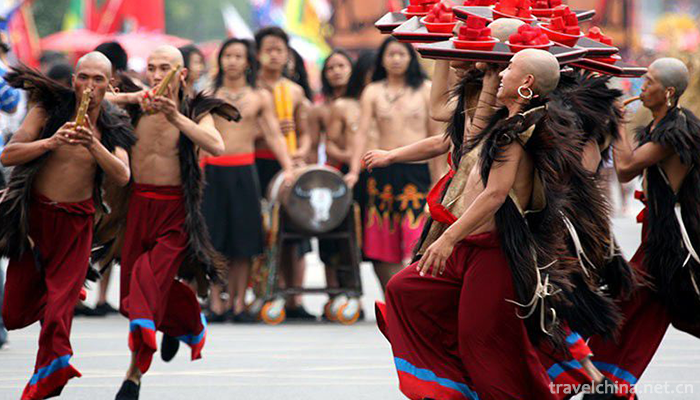

Jumping vegetables of the Yi nationality
-
Dongchang Lake Scenic Area
Dongchang Lake Scenic Spot, located in the southwest of Liaocheng City, a famous national historical and cultural city, belongs to Dongchangfu District and is a national AAAA-level tourist scenic spot
Views: 158 Time 2018-12-20 -
Beijing World Flower Garden
The World Flower Grand View Garden is located on the north side of Nansi Ring Auxiliary Road and the east side of Jingkai Highway in Beijing. It has superior geographical position and convenient trans
Views: 150 Time 2018-12-26 -
Tanxi Mountain Scenic Area
Tanxi Mountain Tourist Area: National AAAA Tourist Area, National Forest Park, National Geopark, National Water Conservancy Scenic Area and Key Scenic Spots in Shandong Province.
Views: 236 Time 2019-02-13 -
Wangcheng in heaven
Tianwangcheng Scenic Area is located 40 kilometers northwest of Yishui County, Linyi City, Shandong Province. The main part of the Scenic Area is located in Jiwanggu. It is the national AAAA scenic sp
Views: 118 Time 2019-02-21 -
Midu folk songs
"Midu Folk Song" is the general name of the Han and minority folk songs in Midu County, Yunnan Province. Midu folk song is a multi-cultural complex system, which is the convergence and cohes
Views: 143 Time 2019-06-04 -
The game of go
Go is a strategic two-player game. It was called "game" in ancient China and "Go" in the West. Popular in East Asian countries (China, Japan, Korea, Korea), is one of the four arts
Views: 305 Time 2019-06-26 -
Youyang Folk Songs
Youyang folk song is a rich and colorful folk culture created and accumulated by the Tujia, Miao and Han people in Youyang Tujia and Miao Autonomous County of Chongqing in the long practice of product
Views: 145 Time 2019-07-14 -
China West Normal University
Xihua Normal University is a key university in Sichuan Province. The school was founded in 1946 and began at the National Northeast University during the Anti-Japanese War. At the beginning of the Ant
Views: 236 Time 2019-08-31 -
Civil Aviation Flight University Of China
The school is directly under the Civil Aviation Administration of China. Its predecessor was established in May 1956 with the approval of Premier Zhou Enlai. Chairman Mao Zedong appointed the aviation
Views: 195 Time 2019-08-31 -
Bao Shu Ya
Bao Shuya (the first 723 years or the first 716 years - the first 644 years). Si Surname, abalone His name is a famous uncle. Yingshang (now belongs to Anhui (person) the Spring and Autumn period Qi S
Views: 193 Time 2019-09-11 -
Deyang Deyang transportation
By the end of 2018, the total mileage of Deyang highway was 8345.2 km, including 7861.0 km of grade highway, accounting for 94.2% of total highway mileage; 655.8 km of high-grade highway and 205.5 km of expressway. The railway operating
Views: 259 Time 2020-12-14

